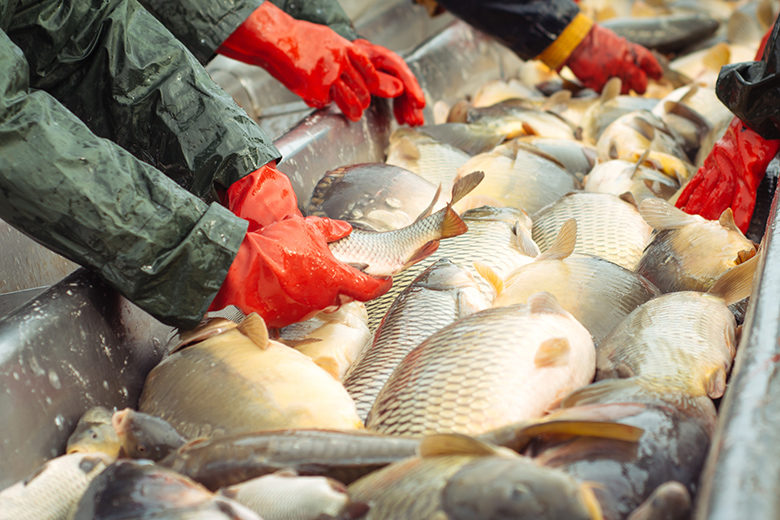
The phrase “Farm to Fork” has become a familiar concept among the dietetic community. The saying refers to knowledge of the origin of the food in our kitchens, along with ensuring that it took the shortest travel route to arrive there. The popularity of this practice has contributed to its ability to financially assist local farmers, sustain a community’s ecosystem, and improve the health of patrons by reducing dependency on mass-manufactured foods.
However, as seafood gains notoriety for its nutritional benefits, could the phrase “Boat to Fork” be the next craze? Community supported fisheries (CSFs) around the nation are providing strong evidence that this will be the case. The basic premise behind a CSF is the same as it is for community supported agriculture, or CSA: Fishermen offer a certain number of “shares” to the public, and those buying the shares in return receive a portion of the yield each week throughout the fishing season.
Developed in desperation, Maine-based Port Clyde Fresh Catch Company became the first official CSF in 2007 when there was concern that the money was not there for a fourth generation to carry on the business. By involving the community and sticking by the “boat to table” concept, the business was able to stay afloat. Even more significant, they developed a new approach to the seafood business in America.
After observing the success of Port Clyde, other CSFs began sprouting up on the east and west coasts. Together, these fisheries have agreed to operate on a triple bottom line, which places emphasis on the responsibility to support the economy, society and environment.
Regarding the latter responsibility — the environment — the fishermen are encouraged to be stewards of the marine ecosystem’s health. Rather than focusing on catching high-demand fish, they capture and promote species that are locally abundant. This is a win-win for all involved, as it allows fishermen to reduce costs and provide diverse products, and reduces the pressure to catch commercially popularized fish, which time and again has shown to lead to environmentally destructive methods of fishing.
CSFs also bring a unique opportunity to the culinary world by providing lesser-known species of marine life. Rather than the typical salmon or tilapia, chefs are now given hake or monkfish to work into a menu. Species that were once considered by-products of a catch are now the main dish on a dinner plate. This practice fosters creativity in the kitchen and subsequently provides the community with new flavor profiles to enjoy.
The majority of the CSFs have emerged near Pacific and Atlantic coastal cities and towns. However, with landlocked states such as Michigan and Minnesota home to literally thousands of fish-containing lakes within their borders, the odds of this practice growing throughout the rest of the country are very good. Time will tell if this concept continues to be embraced, but it appears community supported fisheries are an efficient way to support the fishermen and those they serve with fresh, affordable seafood straight from boat to fork.
Interested in finding a CSF near you? Local Catch is a network started in the United States in 2011. It aims to connect consumers to CSF programs. The site provides a list of current CSF programs in operation — around 35 — as well as a locator tool to help consumers find a program in their area.


